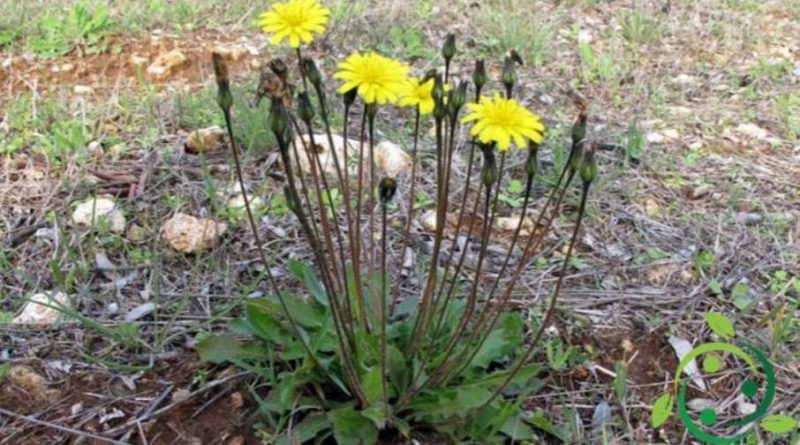How to grow the tuberous dandelion
How to grow the tuberous dandelion
The tuberous dandelion (Leontodon tuberosus L., 1753) is a herbaceous spermatophyte dicotyledonous species of the Asteraceae family, similar in appearance to yellow “daisies”. In this sheet we will see how to grow the tuberous dandelion and which tricks and techniques to follow.
The preferred climate is Mediterranean and temperate. He loves sun and medium wind exposure, exploited for seed propagation, and has a very rustic nature, which allows a quick adaptation to any type of habitat, even among the hardest mountain. Capable of spontaneously developing almost everywhere, it can be detected from the beginning of spring until late autumn.
The ideal soil is that soft, loose and highly draining, although the plant is easily adapted to other types of soil, given its already mentioned rustic nature. For the cultivation it is usually not necessary a great fertilization, even if the use of fertilizers organs can certainly be helpful.
The water needs are not excessive, considering how normally the plant adapts to the supply of common atmospheric phenomena. In the warmer seasons of the year, especially during periods of long drought, a fairly regular watering may be appropriate, always checking the dryness of the soil.
It is usually not necessary to grow the tuberous dandelion since, even in small gardens, it usually grows spontaneously. That said, cultivation is still possible, both in pot and in the vegetable garden, and does not present any difficulty. The arrangement of the vase is, like any floral variety, very important. On the bottom will be prepared a bed of gravel and crocks, or balls of expanded clay, to facilitate the outflow of water. The excessive stagnations of water, in fact, could be harmful to the roots. The whole is then filled with soft, loose and draining soil, also enriched with compost if desired.
Cultivation can take place by sowing, in seedbeds from late March to late May, while directly at home in June. It is usually sown broadcaster and, at the appearance of the first sprouts, any thinning is provided. Being a fairly infesting species, multiplication can be very rapid, which will require fairly regular eradication. The harvest, if you choose tuberous dandelion as a food variety, varies depending on the uses. Generally, it is expected that the plant is sufficiently mature.
Among cyclical maintenance operations, weeding, thinning and pest control, even if the species is definitely resistant to external attacks.

